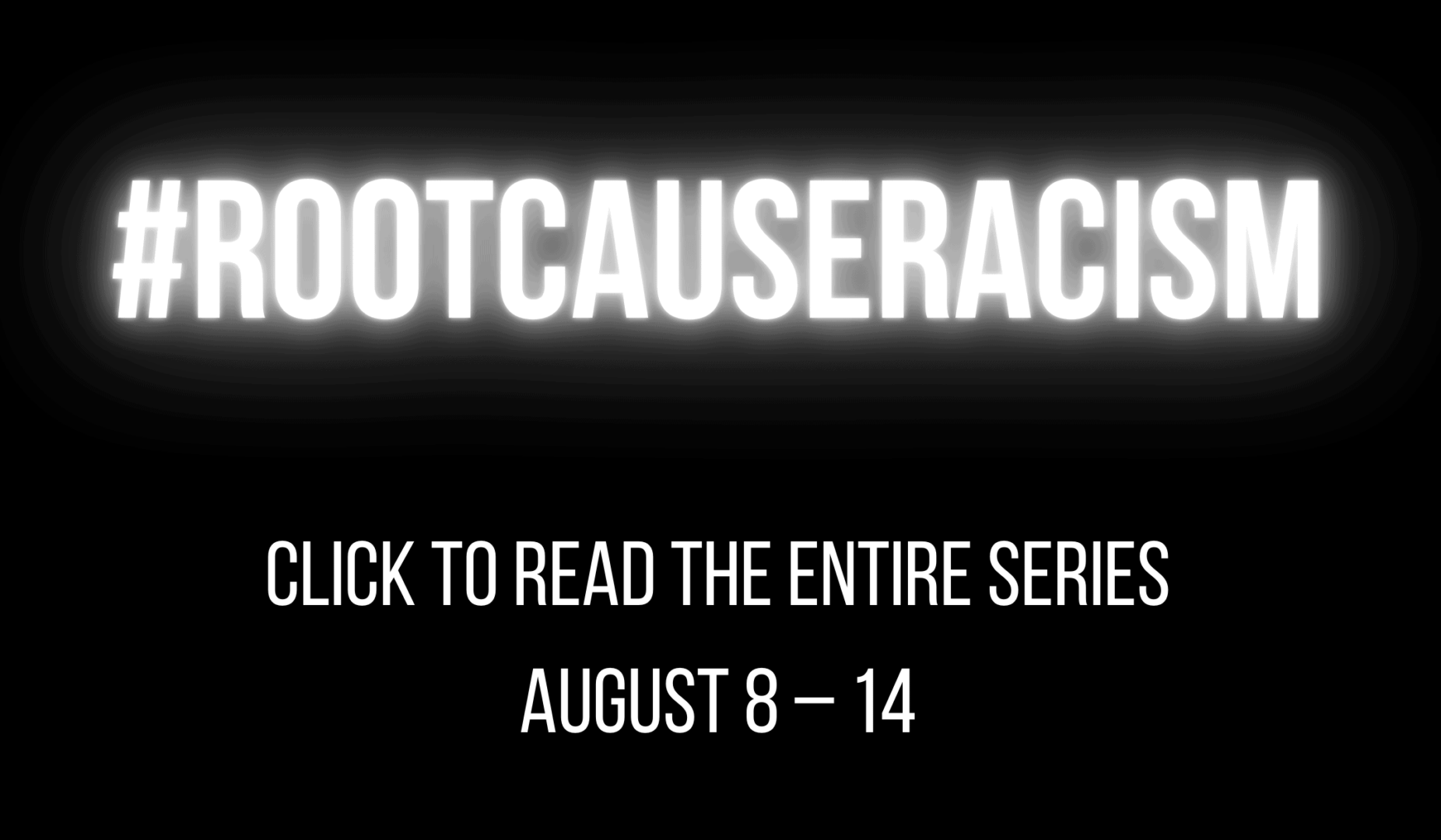Does our work promote a world of equity and opportunity, or does it perpetuate, directly or indirectly, the existing system which benefits from low wages, reduced benefits, limited opportunities, and white-focused “professional standards?”
As professionals in continuous improvement, we operate on the assumption that the purpose of business is to make money. I get it.

I am a business owner, and I am (of course) in favor of my business making money, and if using continuous improvement leads to increasing the flow of value to customers – or it leads to better quality, or it leads to reduced inventory, or lower costs, all of which helps the business make more money, that's terrific. Let's do it!
(For non-profit organizations, the same proposition exists – there is always a customer or client with needs to be met, and to meet those needs more efficiently and at a lower cost means more clients can be served allowing the organization to invest in new programs.)
Is the purpose of lean thinking ultimately only to assist in making money? What of the human impact of the continuous improvement work we do? Of course, we focus on the learning opportunities that come with teaching people to see and solve problems: we know that empowered problem solvers grow professionally and personally.
Beyond that, what are the moral and ethical implications of the work we do as we confront systemic racism?
Does our work promote a world of equity and opportunity, or does it perpetuate, directly or indirectly, the existing system which benefits from low wages, reduced benefits, limited opportunities, and white-focused “professional standards?”
As we help to design work that is ergonomically safe and work schedules that are cost-efficient, are we also taking care to design work and work schedules that are accessible to people who have had different educational opportunities, need a living wage and health insurance to thrive, need to take public transportation, or who struggle to obtain child care?
And when should we continuous improvement professionals take a stand?
What would you do if you were asked to facilitate a project to reduce costs by simplifying work to the extent that it could be performed by less-highly skilled and (lower-paid) workers? Or a project that is ostensibly about leveling workload or automating scheduling that results in work schedules that fall below the minimum number of hours to receive benefits?
What if your company selected “high-potential” employees to take belt training and lead improvement efforts? Take a good look at those “hi-pos.” Are they diverse in background, race, age, country of origin, educational background, level in the organization? Or do they have a certain similarity? What would you do about that?
Do the lean management and coaching systems we build take cultural differences into account? Do we expect people to lead, look, dress in a certain way before they get a voice in the conversation, a seat at the table or the opportunity to mentor another? What would you do if you were asked to work on a project to build a coaching system for an organization with mostly white managers and mostly Black and people of color hourly workers – and the managers were going to coach the hourly workers?
We have powerful tools at our disposal. Respect for people demands that we use our powers for good! If we haven't learned to see the racism and inequity inherent in our workplaces, we will miss opportunities to do so.
Here is the call to action for lean thinkers, for continuous improvement experts:
We must undertake an examination of our own biases, blind spots, and clarification of our own values. If we are white, we must go to the gemba of Black people's lived experience. We must educate ourselves and watch and deeply listen until we start to understand what is happening.
For all of us, no matter our race, we must observe who is in the room when decisions are being made, and note who is absent, or who is not being heard when they speak. We must be the ones speaking up, the ones bringing people into the room, and the ones amplifying their voices.
We must explore and test our own limits. Yes, it is easier and safer not to speak up, not to be a trouble-maker, not to risk losing your job, or a lucrative client assignment. We must determine what threshold requires us to be the one who asks the question or makes the statement that starts the change, and what threshold would require us to walk away from a project. Remember, as a continuous improvement professional, people look to you for direction. You are not voiceless. You have the tools and skills and relationships to make change.
I believe that everything we know how to do as lean thinkers, as continuous improvement advocates, can be used to build workplaces and a society that is getting better and better at reducing racism.
Let's improve the flow of justice to the people.
Let's build a bottom line of equity.
Let's improve the quality of people's lives: employees and contractors and customers.
Let's give lean thinking a higher purpose than profit.


Please scroll down (or click) to post a comment. Connect with me on LinkedIn.
Let’s work together to build a culture of continuous improvement and psychological safety. If you're a leader looking to create lasting change—not just projects—I help organizations:
- Engage people at all levels in sustainable improvement
- Shift from fear of mistakes to learning from them
- Apply Lean thinking in practical, people-centered ways
Interested in coaching or a keynote talk? Let’s start a conversation.










Thanks for this fabulous post, Bella Engelbach!
I completely agree that everything we know how to do as lean thinkers can be used to build workplaces and a society that is getting better and better at reducing racism!
As my son would say, Facts! I could not agree more: “For all of us, no matter our race, we must observe who is in the room when decisions are being made, and note who is absent, or who is not being heard when they speak. We must be the ones speaking up, the ones bringing people into the room, and the ones amplifying their voices.” Well put. #womeninleanrock
Bella, thank you so much for participating. I think “respect for people” has to be at the core of all we do. It’s not “Lean” without respect for people. It’s not Lean without continuous improvement — and we can also aim for “breakthrough improvements” when it comes to non-negotiables like everybody being treated with equal dignity and respect.